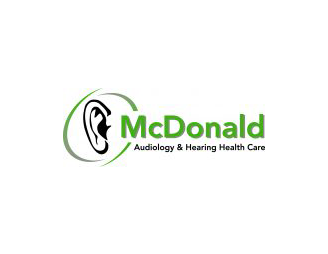Of all of the advancements that have been made in hearing aid technology, the least well-known has to do with a device that most people probably have in their pockets or purses right now: cell phones. Although it is not common knowledge to many, the history and future of cell phones are intricately connected with that of hearing aids. These devices have evolved side by side over the last decade, and have even come to complement one another’s technological prowess. This piece will examine how the two technological wonders have become so entangled in the modern day.
The Modern Day- Smartphones
The modern day smartphones have opened the doors of technological innovation. This is true in the sense that people now have the ability to access one another and vast resources of information at a whim. However, another important capability that has not received enough attention is the fact that smartphones can help people who use hearing aids. Most smartphones integrate a telecoil and a debugging device for sounds and feedback. While this helps call clarity for everyone, it also ensures that people using hearing aids will have an additional layer of security against harsh sounds caused by the two devices being in close proximity.
Smartphones also come with numerous other benefits in terms of their implementation of applications. These apps have increased the user interface with communications technology to unprecedented levels. For example, some apps allow the user to find mobile subtitles for movies, while others allow the user to have additional forms of notifications, such as lights, sounds, and phone movements, so that they will not miss any calls. Most importantly, hearing aid devices have been meshed with the technology of some models of phones, allowing the phone owner to use their device to control settings on the device such as power and volume. These are just some of the ways that smartphones have transformed the modern hearing aid market.
A Rich Past
However, smartphones are at the end of a long line of developments in cell technology and hearing aid technology. Early cell phones used their telecoils in order to make sure that all calls were clear even in remote locations. However, these devices were the basis for the modern scale of telecoil power and effectiveness because telecoils also happened to help keep calls clear and loud for people who used hearing aids. Eventually, telecoils became a permanent and celebrated fixture in cell phones, spawning a rating system that would become the hearing aid capability, or HAC, rating. This outline for the future of hearing aids and cell phones set up a system that is still in place today, and propels the growth and symbiotic relationship between the phone technology and the burgeoning materials for hearing devices.

